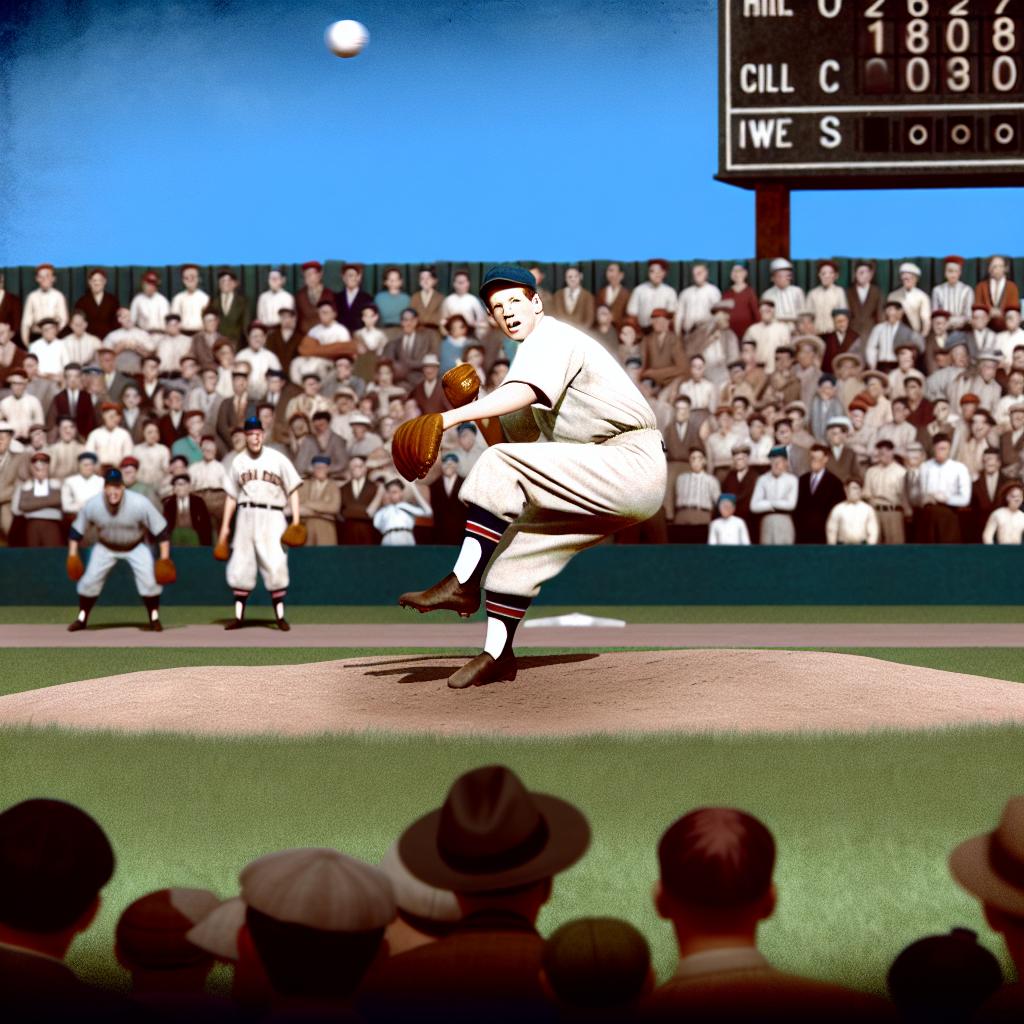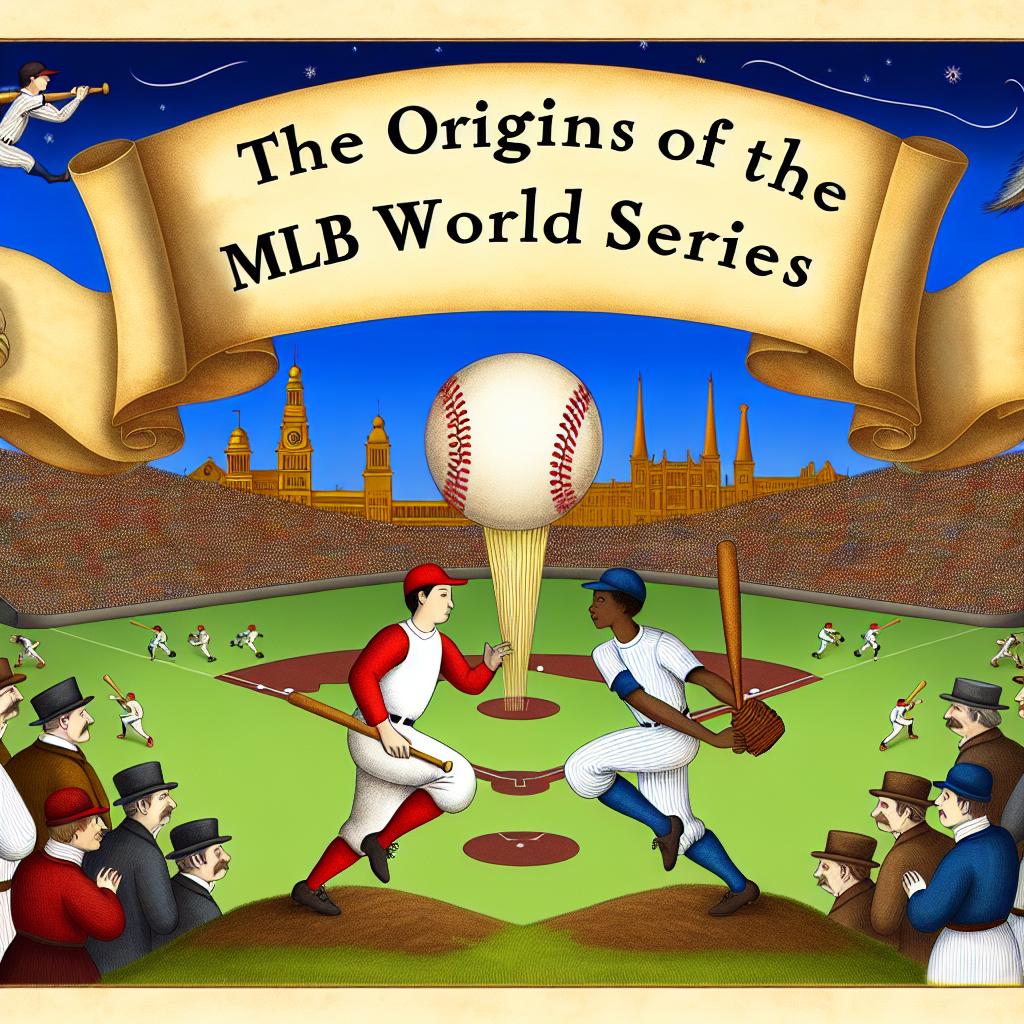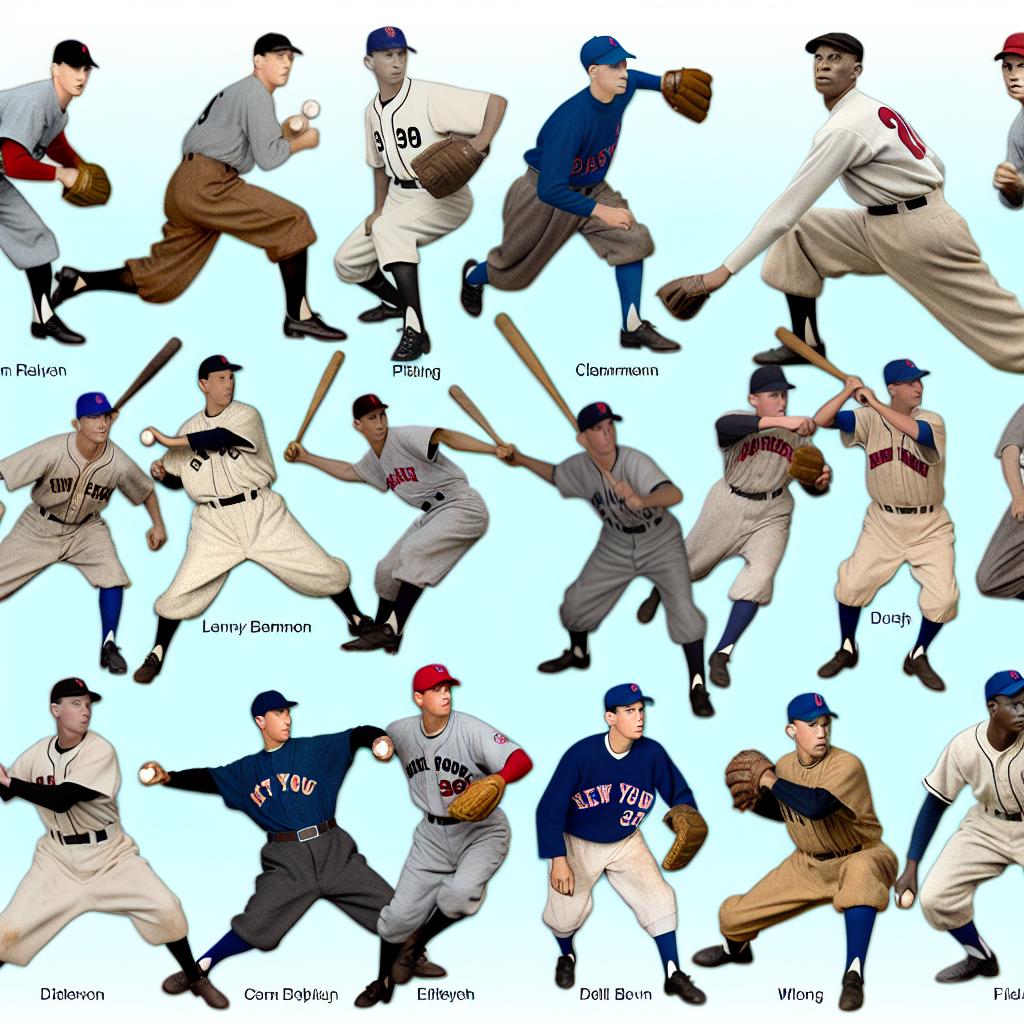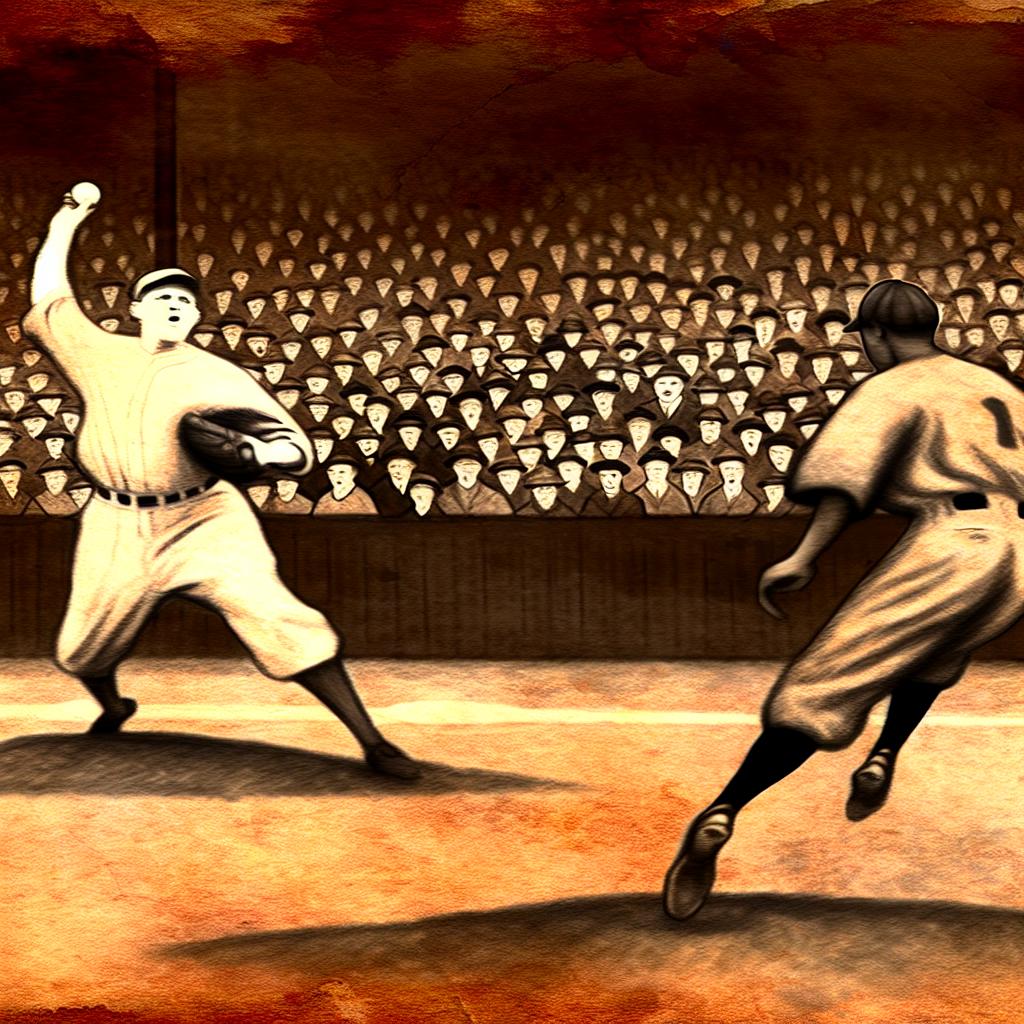Understanding the Perfect Game in MLB History
In the annals of Major League Baseball (MLB), a “perfect game” is a rare and celebrated achievement. It occurs when a pitcher (or group of pitchers) pitches a complete game without allowing a single baserunner. This means no hits, walks, hit batsmen, or any opposing player reaching base for any reason during the entire game of at least nine innings.
Milestones in Perfect Games
Throughout MLB history, the perfect game is a feat achieved only 24 times since the modern era began in 1900, as of October 2023. It stands as a benchmark of pitching excellence, showcasing the pitcher’s defensive and strategic prowess combined with their team’s flawless fielding support.
Early Instances
The first recognized perfect game in the modern era was thrown by Cy Young on May 5, 1904. Known as a cornerstone of baseball history, Young’s performance set the standard for future achievements in this category. His perfect game is often referenced when discussing the origins of this rare accomplishment in professional baseball.
The Evolution of the Perfect Game
Perfect games are not only statistically significant but also highly symbolic in the context of baseball history. Each perfect game involves the interplay of numerous factors, including weather conditions, the pitcher’s skill level, and strategic decisions made throughout the game. These factors together make each perfect game unique.
Over time, the approach to achieving such a game has evolved, incorporating advancements in training, strategy, and analytics. Contemporary pitchers benefit from cutting-edge technology and data, which help in devising game plans tailored to exploit the weaknesses of opposing hitters.
Standout Performances
One of the most celebrated perfect games is the one pitched by Don Larsen of the New York Yankees during the World Series on October 8, 1956. Larsen’s feat was unique because it remains the only postseason perfect game in MLB history, adding a layer of historical significance due to the high-stakes context in which it occurred.
21st Century Perfect Games
The 21st century has witnessed several perfect games that continue to capture the imagination of baseball enthusiasts. Notable among these is the perfect game by Félix Hernández of the Seattle Mariners on August 15, 2012. Hernández’s performance was a combination of skillful pitching and strategic game management, drawing widespread acclaim.
Another highlight is Roy Halladay’s perfect game on May 29, 2010, followed by a no-hitter in the postseason, exhibiting remarkable consistency and control in his outings. Halladay’s achievements represent a blend of physical endurance and psychological fortitude required to excel in consecutive high-pressure scenarios.
Comprehending the Impact
Perfect games stand as apex achievements for pitchers, encapsulating the pursuit of perfection in a sport filled with variables. They are cherished by fans and historians alike, symbolizing the blend of individual excellence and team discipline.
These games are also a testament to the significance of teamwork, as even the best pitchers rely on solid defensive plays and strategic positioning of fielders to maintain their unblemished record for the game.
Analyzing the Dynamics
Analysis of perfect games often extends beyond mere statistics. Analysts and historians explore the psychological state of pitchers, examining how they cope with mounting pressure as the game progresses. Each pitch brings them closer to making history, and many pitchers recount the focus and mental clarity required to execute their pitches with precision.
Understanding the dynamics also involves examining the cultural and historical context of each game, offering insights into how the game of baseball has transformed over time. This encompasses changes in rules, advancements in player conditioning, and shifts in public perception, all of which contribute to the evolving landscape of MLB.
Historical Context and Legacy
Perfect games hold a special place in MLB lore, often being recounted in narratives that highlight the ethos of the sport. They are immortalized in the annals of baseball through documentaries, books, and media coverage that celebrate not just the event but the personalities involved.
The legacy of each perfect game goes beyond statistical records, as they inspire future generations of players and fans. Discussions about perfect games often lead to debates among enthusiasts, comparing the feats of past pitchers with those of modern-day players, highlighting the continuing evolution of the sport.
Impact on the Sport
The effect of a perfect game extends to the business and entertainment aspects of baseball. Games with potential perfect outcomes attract heightened viewer interest, resulting in increased media coverage, expanded audience engagement, and merchandising opportunities.
These events also impact player careers significantly. Achieving a perfect game elevates a player’s reputation, often increasing their marketability and legacy within the sport. It is a badge of honor that few achieve, adding a distinguished highlight to a player’s career.
For additional information about MLB’s greatest moments and to dive deeper into the world of baseball, you can visit MLB’s Official Website for further insights and coverage on baseball history.
In conclusion, the perfect game is a significant milestone in MLB history, representing the pinnacle of pitching performance and team coordination. With each perfect game, a new chapter is added to baseball lore, etching the pitcher’s name into the sport’s illustrious history. These games continue to inspire future generations, serving as benchmarks for excellence and a testament to the skill required to achieve baseball’s most flawless performance.





